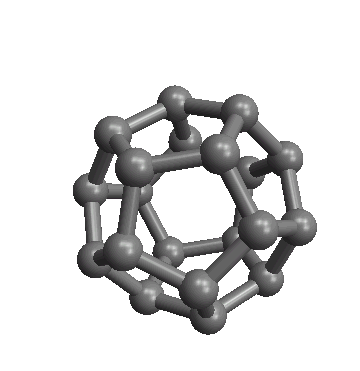
C20

C24
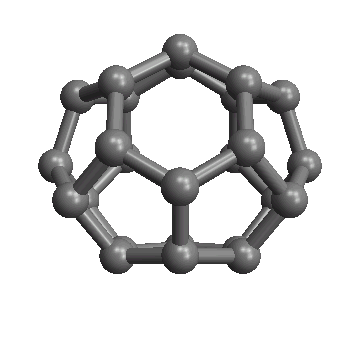
C26
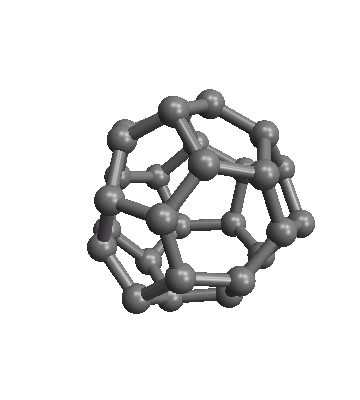
C28

C30

C32

C34
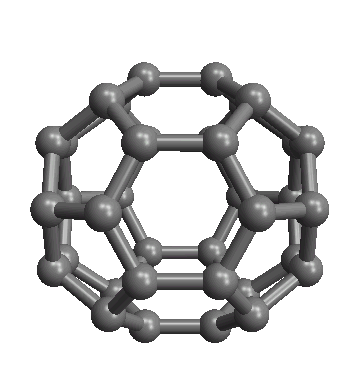
C36

C38
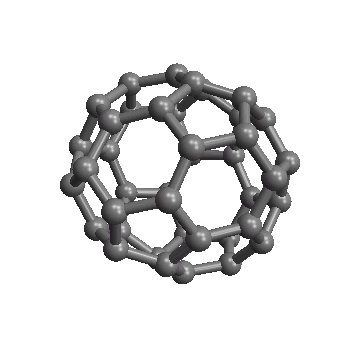
C40

C42
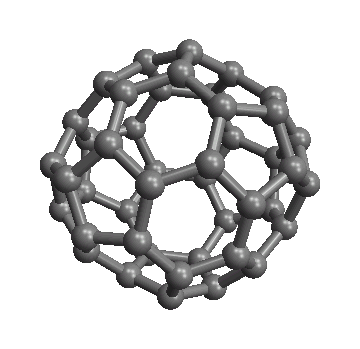
C44

C46
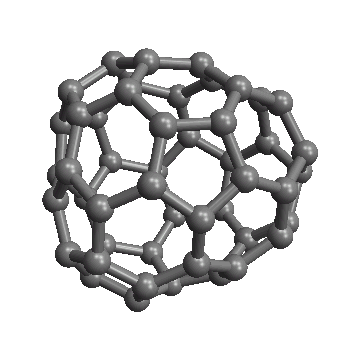
C48

C50
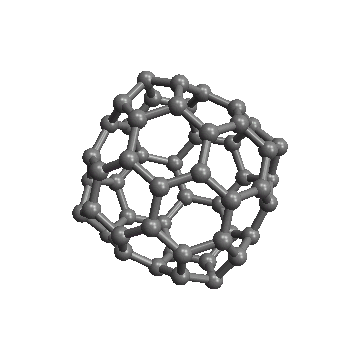
C52

C60

C70
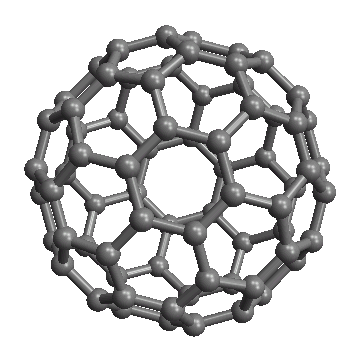
C72
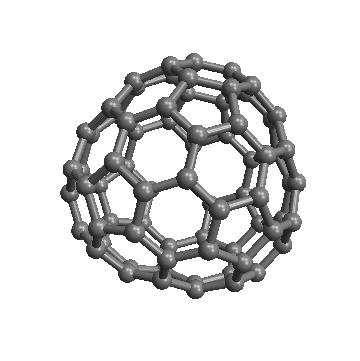
C74

C76
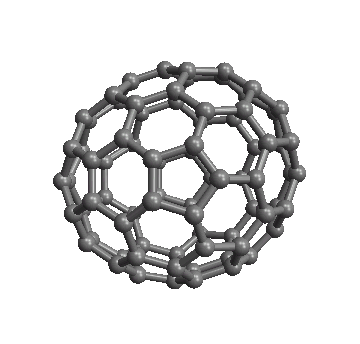
C78

C80

C82
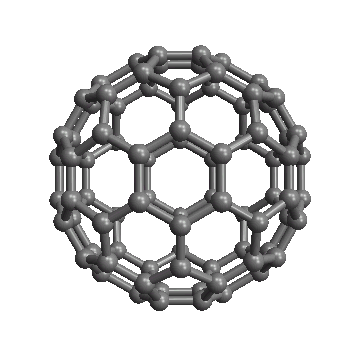
C84

C86

C90
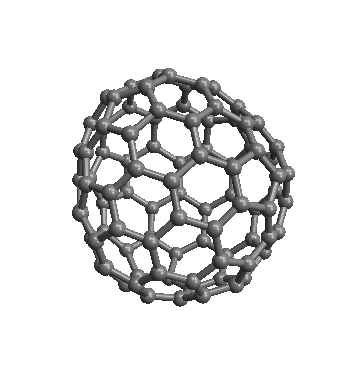
C92

C94

C96

C98

C100

C180

C240
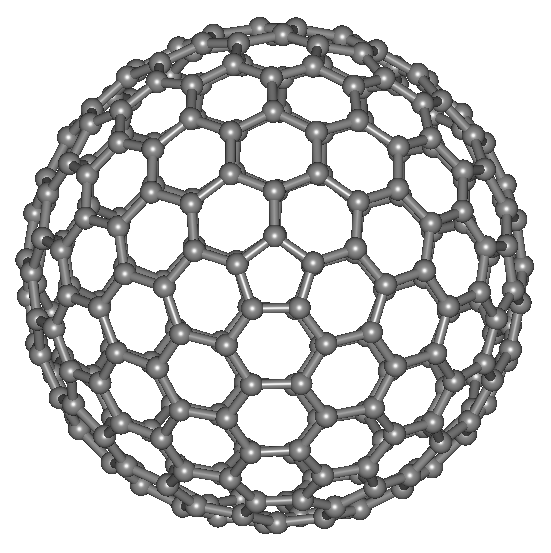
C260

C320

C500
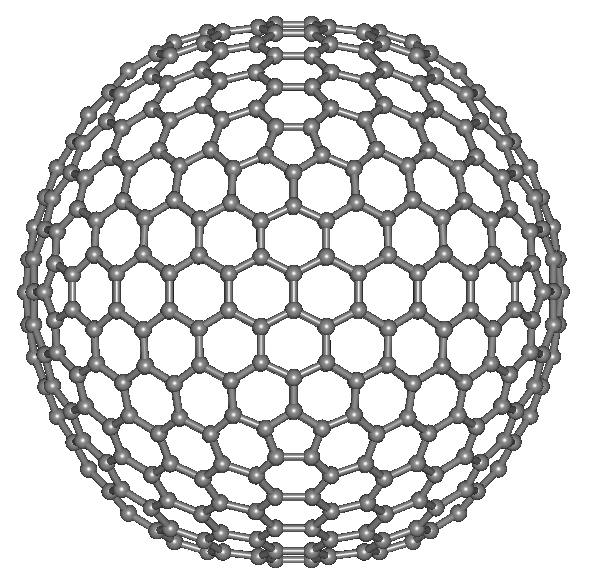
C540

C720
 C20 |
 C24 |
 C26 |
 C28 |
 C30 |
 C32 |
 C34 |
 C36 |
 C38 |
 C40 |
 C42 |
 C44 |
 C46 |
 C48 |
 C50 |
 C52 |
 C60 |
 C70 |
 C72 |
 C74 |
 C76 |
 C78 |
 C80 |
 C82 |
 C84 |
 C86 |
 C90 |
 C92 |
 C94 |
 C96 |
 C98 |
 C100 |
 C180 |
 C240 |
 C260 |
 C320 |
 C500 |
 C540 |
 C720 |
See who in the world likes fullerenes:

The fullerene geometries are based on structures in the Fullerene Library that has been created by M. Yoshida. The geometries have been reoptimized using a fast Dreiding-like forcefield that is built into the free Discovery Studio Visualizer. The numbering scheme of fullerene isomers seems to agree with that used in the monograph "An atlas of fullerenes" by P. W. Fowler and D. E. Manolopoulos.
The curvature energy is an estimate of the formation energy of the particular isomer with respect to graphite. This estimate, provided by Jie Guan, is based on local curvature, as defined in the publication by Jie Guan, Zhongqi Jin, Zhen Zhu, Chern Chuang, Bih-Yaw Jin, and David Tománek, entitled Local Curvature and Stability of Two-Dimensional Systems, Phys. Rev. B 90, 245403 (2014).
The web resource at https://nanoten.com/science/fullerene/fullerene-isomers.html has been provided by David Tomanek and Nick Frederick at the Michigan State University Computational Nanotechnology Lab. It is linked to the Supplementary Information provided with the monograph Guide through the Nanocarbon Jungle: Buckyballs, Nanotubes, Graphene, and Beyond.
This page has received
02073 hits since July 21, 2020.
Last update:
2020.07.21 (Tuesday) 10:38:26 EDT.
Web page constructed and maintained by
Nick Frederick.